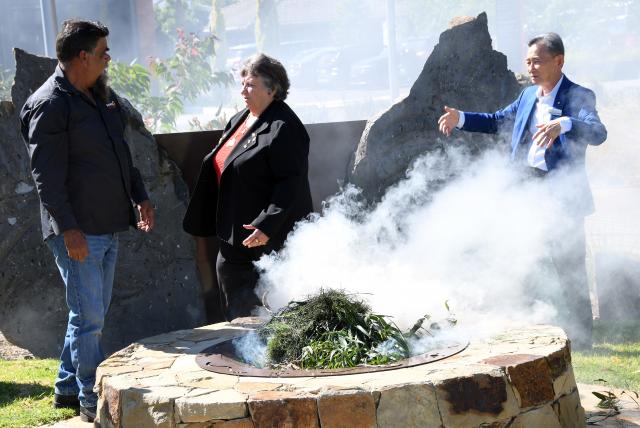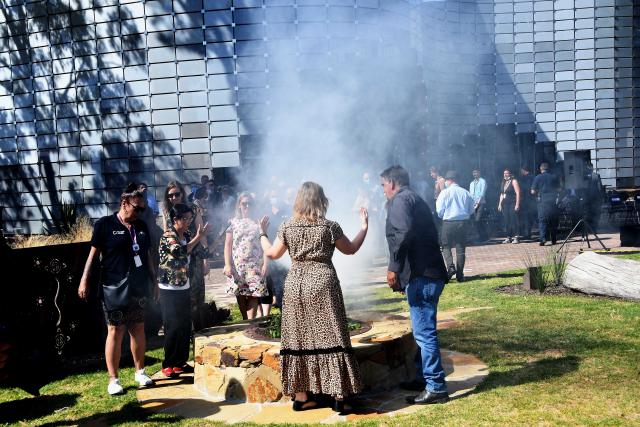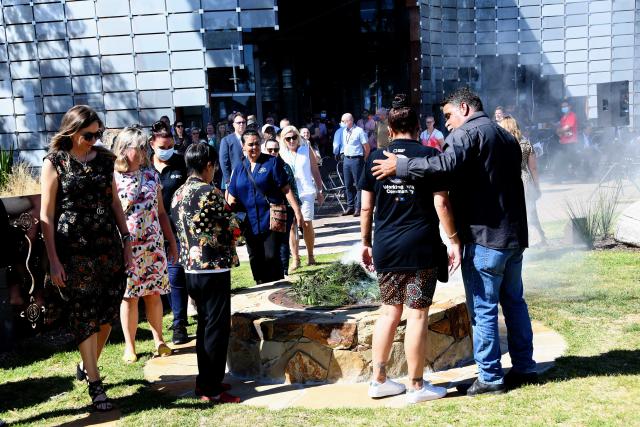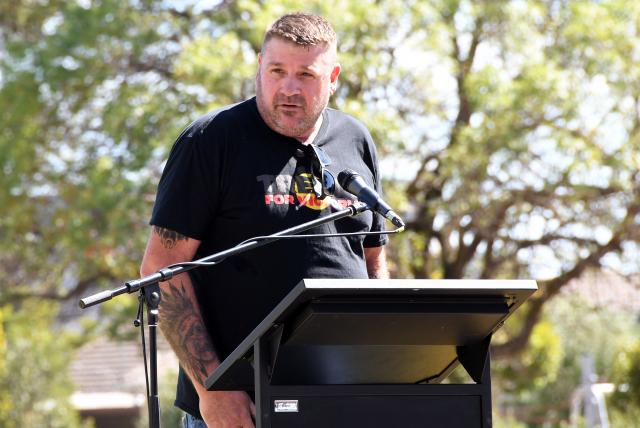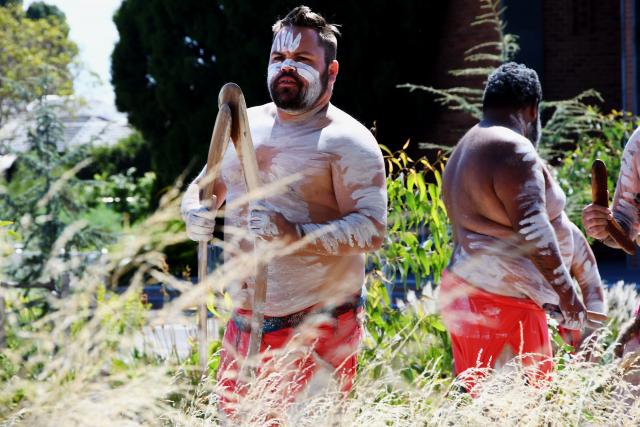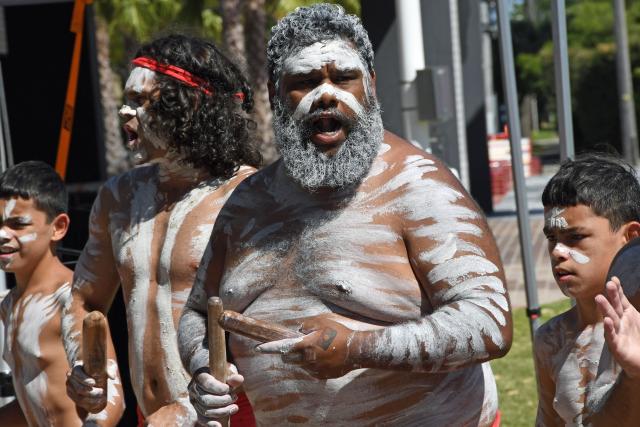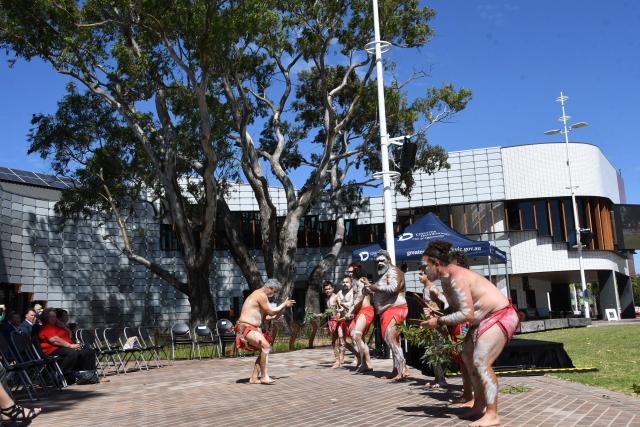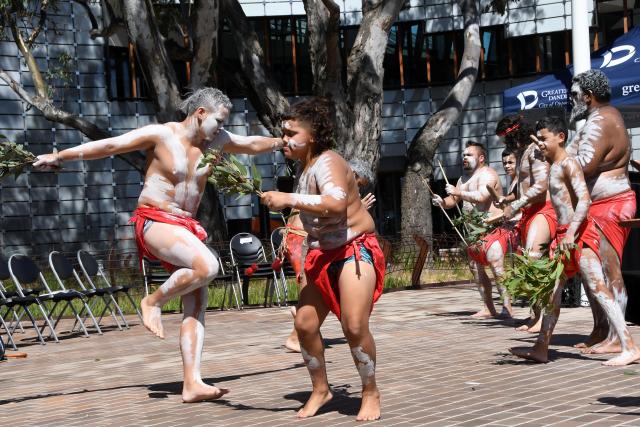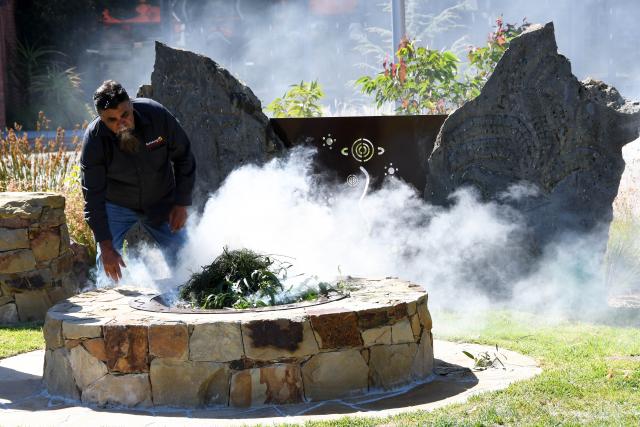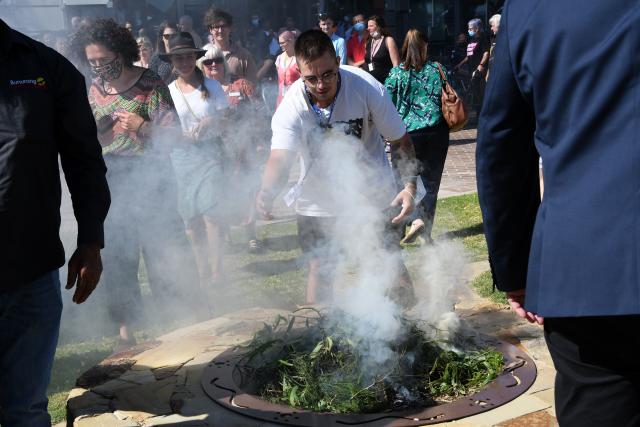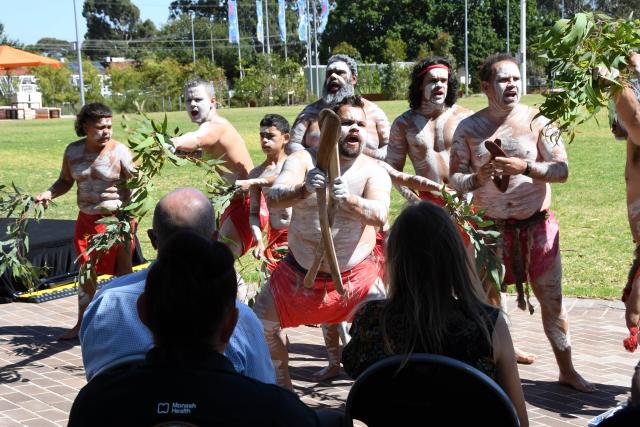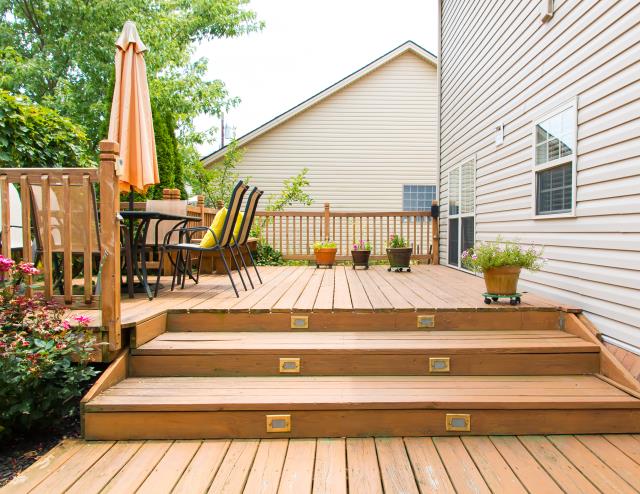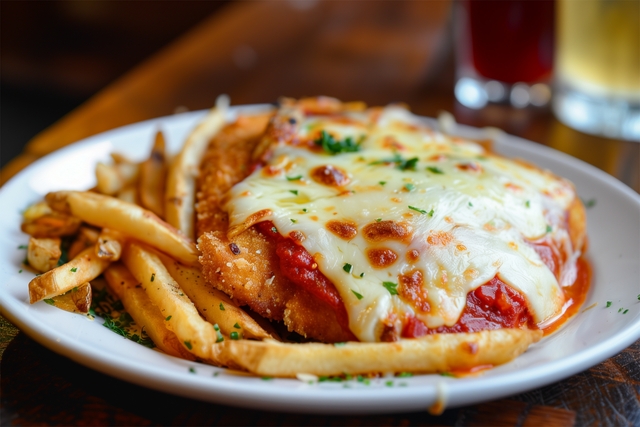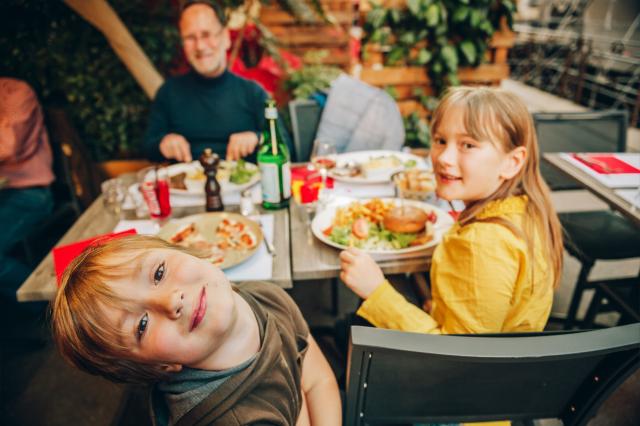Launched on 14 February, the Greater Dandenong Council’s Reconciliation Action Plan has been hailed a “clear way forward”.
The document had been months in the making, endorsed by councillors, Reconciliation Australia and Bunurong Land Council.
For the past 35,000 years, Bunurong people had occupied the land, as stated by BLC in its introductory message. More than 2000 generations.
After encountering Europeans, they were reduced to “just a handful of individuals by the mid-1800s”, the BLC stated.
“We are still here, and we continue to maintain our cultural obligations to care for the people, the flora and fauna, the lands and the waters within the Bunurong cultural landscape, which is alive with our stories.”
Stories such as the bay flooding with water, asteroids landing in Cranbourne and Arthurs Seat once being an island.
Meanwhile, sacred sites remain “highly significant”. They are the places that provide archeological evidence of how Bunurong ancestors interacted and adapted.
“In Melbourne especially, so much has been destroyed and lost as the city grew, and so quickly.
“If you lose enough of something, what little you have left becomes so much more important.”
Greater Dandenong is home to about 500 Aboriginal and Torres Strait Islander residents, with a further 4000 in the greater South East region.
The plan’s launch at Waa and Bulln Bulln Corroboree Fire Pit at Springvale Community Hub featured Welcome to Country from Bunurong elder Uncle Shane Clarke, a traditional smoking ceremony and a performance by Koori Youth Will Shake Spears dance group.
Yorta Torta and Gunnai artist Dixon Patten created an artwork for the plan.
Greater Dandenong mayor Jim Memeti, in his written foreword, to the plan, said it outlines a “clear way forward”.
“I warmly invite all community members to join us in this journey of reconciliation, helping us to forge a community which celebrates and respects Aboriginal and Torres Strait Islander Peoples, as well as their cultures, histories, and knowledge.”
Among the plan’s initiatives is an Aboriginal and Torres Strait Islander Advisory Group to the council.
It also committed to staging National Reconciliation Week events as well as Welcome to Country at six or more significant council events a year.
There will be more interpretive signage and artwork promoting Aboriginal and Torres Strait Islander histories and cultures.
The council will work to increase its First Peoples workforce. Currently, it employs three staff identifying as Aboriginal among a workforce of 931.
Reconciliation, positive race relations and cultural awareness will be promoted within the council’s walls and across the community.
It will also strive to improve health and well-being of Australia’s First Peoples.


